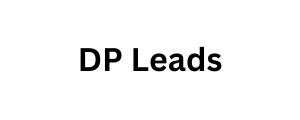Comfortable Position The Presentation Of
The difference is in the change of perspective, from periodic reporting (such as quarterly or annual) to continuous monitoring (such as daily or weekly). What makes dashboards and reports so valuable is how you and your team use them to your advantage. Similarities Between Dashboards and Reports Access to historical data Trend analysis to see what has worked (or hasn’t) in the past to change your approach in the future Gather multiple business metrics visualize the data Differences between control charts and reports They are interactive: you can segment.
Filter and view the data
you need Dashboards display dynamically updated data (as your data source updates, so does your dashboard) Reports share information about areas of interest or known targets Control boxes Denmark Phone Number List monitor areas of interest or known targets Know the characteristics of a KPIs report . Advantages of using a control chart in your company Control charts have different purposes. There is no single frame. If well designed, it will answer business questions and provide information before your team has to ask for it. Among the benefits of using a control chart are.
Monitor multiple metrics The
KPIs at once When a change occurs in a department, whether good or bad, it can have a ripple effect on your business. And putting the data in a control chart makes things much DP Leads easier. Use a dashboard to drill down and correlate your metrics and KPIs to understand what’s working and what’s not. Monitor your metrics and KPIs in a centralized dashboard and make adjustments to your business practices in real time. Easy to read You don’t have to be a business analyst to use and understand a data dashboard. These are distinguished by being easy to read. When dashboard design principles and best practices are applied , important data points can be highlighted that anyone can see and understand at a glance.







